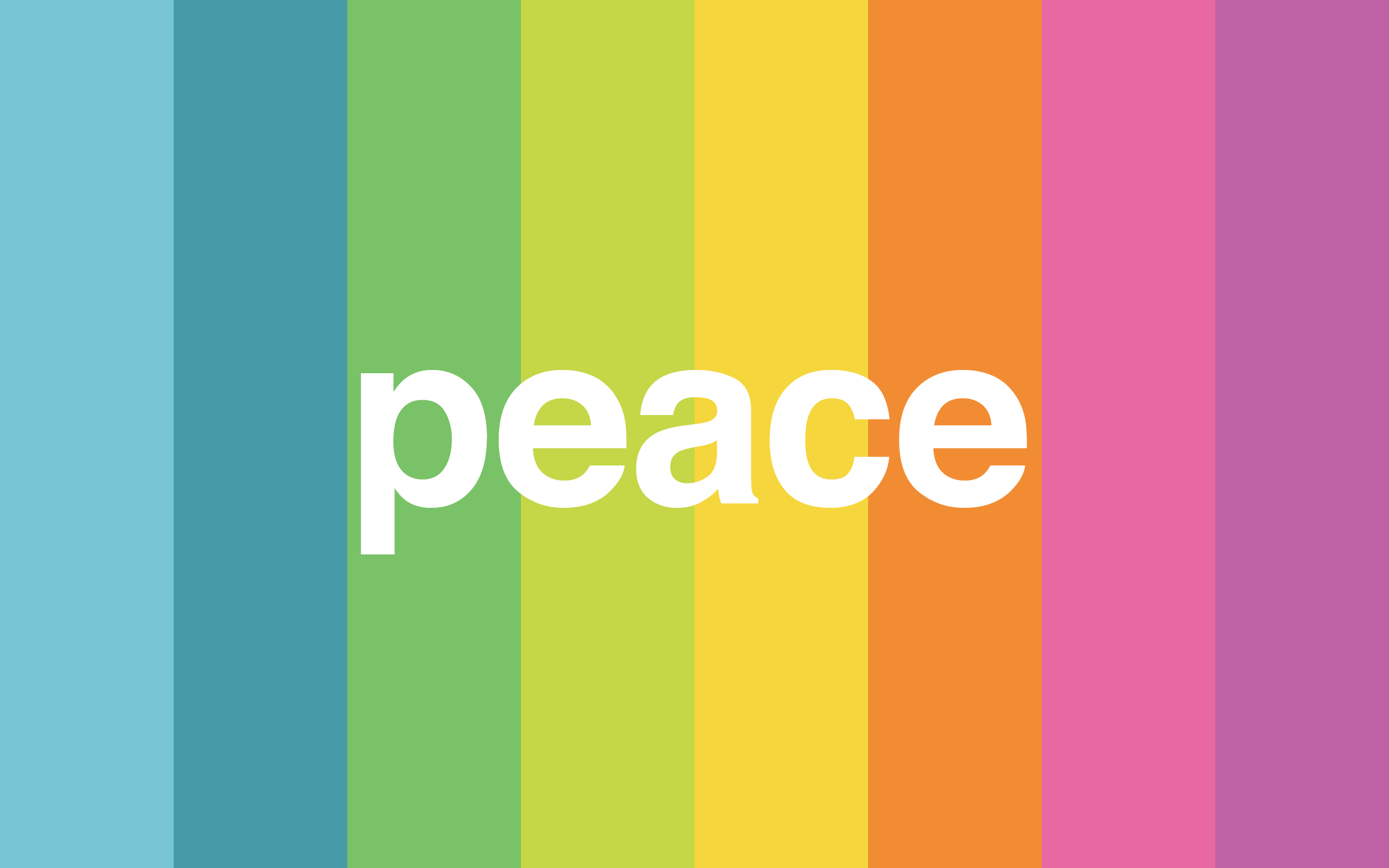Bold but practical – incorporating peace and security in the new global development framework
The United National High Level Panel has a responsibility to ensure that the post-2015 Development Agenda addresses the difficult questions of peace and security by looking at the evidence of what works in conflict-affected and fragile states.
For other contributions to the debate on the post-2015 development framework, please click here!
By Larry Attree and Ben Stevenson
The global debate on what will replace the Millennium Development Goals (MDGs) when they expire in 2015 is well under way at the United Nations. The High Level Panel on the Post-2015 Development Agenda (HLP) has been established to negotiate a new framework. At its first meeting in September, the UN Secretary General, Ban Ki Moon, asked it to ‘be bold, but be practical’.
Being bold but practical seems to be very sage advice from the world’s chief diplomat, for the demands placed on the HLP and expectations for the post-2015 framework are huge. The MDGs have been successful in driving the development agenda since they were inaugurated in the year 2000 – making real progress in reducing levels of extreme poverty as a result. However a number of agencies have highlighted that setting aggregate targets has meant that the poorest and hardest to reach sectors of the population have been left behind.
However, what is also clear is that the hardest to reach sectors of the global population are mostly based in conflict-affected and fragile states. Indeed, we know that the original MDGs did not include any targets to tackle issues around conflict and fragility. And yet, as the UN has pointed out, “60 percent of the undernourished, 61 percent of the impoverished, 65 percent of people without access to safe water and 70% of infant deaths occur in fragile or conflict-affected countries’. In short, as the World Bank put it, ‘no low income conflict affected or fragile state has yet achieved a single MDG’.
So the question is not whether the post-2015 framework should include a focus on building peace and security in fragile countries, but rather how it does this.
Thankfully there are a number of recent peacebuilding and conflict prevention frameworks from which to draw on including the World Development Report 2011 and the New Deal: Peacebuilding and State-building Goals (PSGs). Saferworld’s analysis of these frameworks highlights seven key areas of convergence and agreement about what is needed to build peace and security in fragile states. It also shows clearly that six out of seven of these areas are not currently addressed within the MDG framework. The seven areas that need to be addressed are :
- all social groups have access to decent livelihoods
- all states are able to manage revenues and perform core functions effectively and accountably
- all social groups can participate in the decisions that affect society
- all social groups have equal access to justice
- all social groups have access to fair, accountable social service delivery
- all social groups feels secure
- the international community effectively addresses the external stresses that lead to conflict.
The rationale for focusing on these issues is explained in more detail in our briefing paper. However, it is clear that they are worth addressing not only because they may contribute to building peace and security, but also because they contribute to the protection of human rights and economic development, as well as being ends in themselves.
The HLP will present its report and recommended new framework in May 2013. Given this short timeframe the value in drawing on existing frameworks and agreements as the basis for incorporating these goals on peacebuilding, security and statebuilding is clear. But there are difficulties incorporating these broad objectives into a new global framework – namely developing practical and deliverable targets. To help with this, more than 50 peacebuilding and development organisations from around the world have endorsed a joint statement to help develop a holistic post-2015 framework that promotes peace, security and human rights as part of sustainable development. This highlights the need for targets that deal with the drivers not just the symptoms of conflict, and ensuring that targets for peace are not optional for states.
As the HLP undertakes its deliberations and consultations with governments, citizens, and civil society organisations around the world, it will be subject to sustained lobbying for a variety of issues to be maintained, added or removed from the new post-2015 framework. If the framework is to be meaningful and deliverable, not every pet issue can be included, so it is important that the HLP draw on the lessons (both positive and negative) and evidence of doing development in these most difficult contexts.
We recognise the scale of the challenge and the difficulties facing the HLP in negotiating a framework that is both meaningful and acceptable to the majority of UN member states. But addressing the difficult questions of peace and security by looking at the evidence of what works in CAFs is, we think, exactly what being boldand practical should be all about.
Larry Attree is a Conflict and Security Adviser leading Saferworld’s work to ensure aid supports peace in conflict-affected states. Ben Stevenson was advocacy co-ordinator of the People’s Peacemaking Perspectives project.
This article was originally published on the Saferworld website and is available by clicking here. To follow Saferworld on Twitter, please click here.
What are the principles of conflict transformation?



















